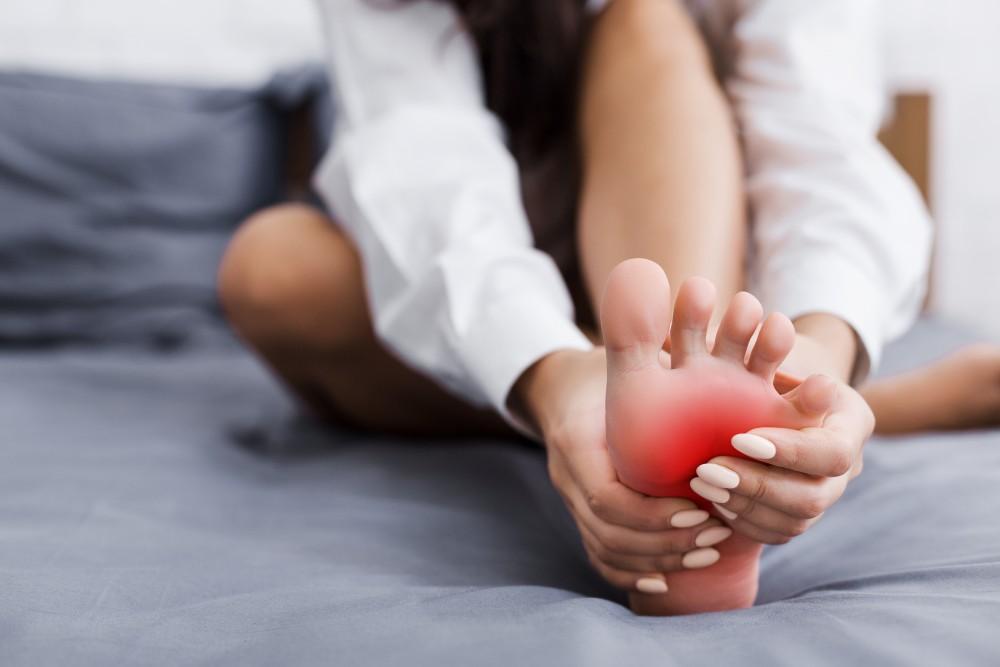
Preventing Gout Through Your Diet

If you suffer from gout, you’ve got historic, even royal, company. Composer Ludwig van Beethoven, painter Leonardo da Vinci, and King Henry VIII were all sufferers. Fortunately, today we have effective treatments for gout, and our knowledge about it is much more advanced.
The podiatry experts at Premier Foot & Ankle are familiar with gout and how you can get relief from its painful symptoms. In this blog, they discuss what causes gout and the treatment options that are available.
What is gout?
Gout is a type of arthritis linked to the accumulation of uric acid crystals in your joints. The most common location for a gout attack is in your big toe joint. Everyone produces uric acid from substances known as purines, which are present in certain foods. Purines are processed by your liver and exit your body in your urine, typically with no difficulty.
However, some people can experience a buildup of uric acid in their blood, and uric acid crystals can consequently build up in joints. Interestingly, some people can have high uric acid levels and suffer no disorder or discomfort.
Many things can cause high levels of uric acid, including obesity, taking certain medications, and living with certain conditions, such as diabetes and kidney disease. Your risk will also be higher if you’re a male, a postmenopausal woman, or have a family history of gout. An injury or surgery may also increase your risk of getting gout.
Gout attacks are often very painful and often come on abruptly. In addition to pain, gout can make your joint swell and even feel hot.
Effective treatments for gout
At Premier Foot & Ankle, we’ll give you a thorough evaluation, talk about your lifestyle habits, and may order testing, such as X-rays, ultrasounds, or lab testing to ensure gout is the problem. If it is, we’ll design a plan to help you lessen your symptoms and help keep it at bay.
We may prescribe painkillers to ease your discomfort, steroidal or nonsteroidal medications to reduce inflammation, and medications to reduce uric acid levels.
Then we’ll talk to you about the important part you play in your treatment. Diet plays a big part in preventing gout attacks and easing gout symptoms. The key is avoiding high-purine foods, such as:
- Shellfish
- Sardines
- Organ meat
- Gravy
- Other foods high in saturated fats
You should also be careful about foods that contain moderate amounts of purines, because they can add up. These include dried beans and lentils, oatmeal, beef, pork, meat-based stocks, and vegetables, such as cauliflower, asparagus, and mushrooms. And what you drink matters, too. Wine has moderate amounts of purines and beer is high in purines, so you should limit your consumption of these.
The good news is that there are still many foods you can eat plenty of, such as eggs, leafy greens, nuts, dairy foods, enriched pasta and bread, fruit, coffee, and tea. And make sure to stay well-hydrated with water. And if you want recipe ideas, there are many online resources that publish diverse and delicious recipes featuring low-purine ingredients.
If you have gout, we can help keep it at bay. To lean more, book an appointment over the phone with Premier Foot & Ankle today.
You Might Also Enjoy...


Lapiplasty: How 3D Bunion Correction Works

How to Get to the Root of Your Chronic Heel Pain

5 Ways to Care for Your Athletic Feet This Year

How to Keep Toenail Fungus From Spreading


